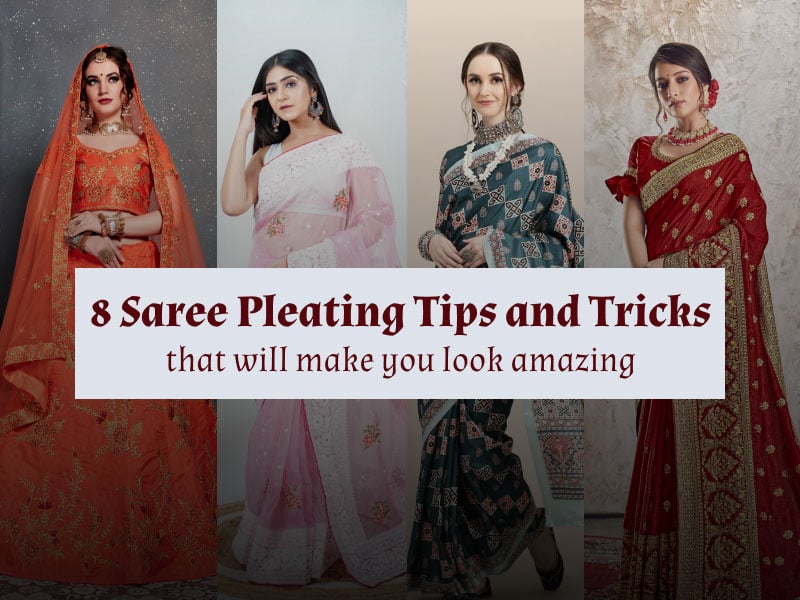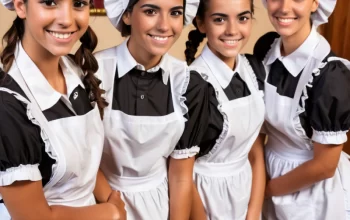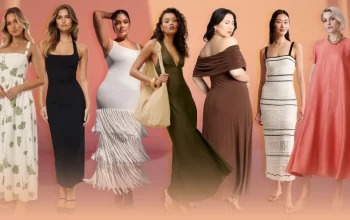Sarees are known to look elegant and gorgeous when worn the right way. A few pleats here and there can-do wonders for your outfit, adding an extra punch of color or flaunting your curves in all the right places. However, women often have trouble with pleating sarees because they don’t know how to do it properly. Here are 8 saree pleating tips and tricks to show you how to wear your saree like a pro! Read on.
1. Planning the pleats
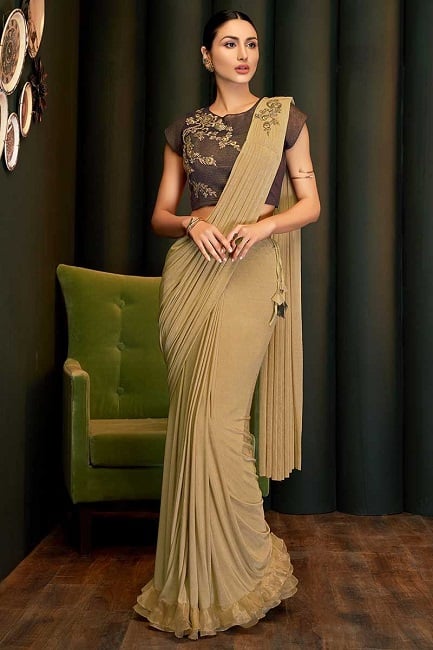
It’s easy to find yourself with a saree in hand, wondering where you should place your pleats. No worries we’re here for you. There are many ways to style a saree, and your personal preferences will dictate which way is best for you. However, most styles can be broken down into two categories: Blouse Style or Full Coverage.
For blouse-style sarees, also called half-Patta sarees, we recommend doing small rows of pleats along both sides of your body this allows each side of your blouse to flow out evenly while showing just enough skin. A nice pair of Indian earrings like jhumkas make all the difference!
2. Pleat in the middle of your saree
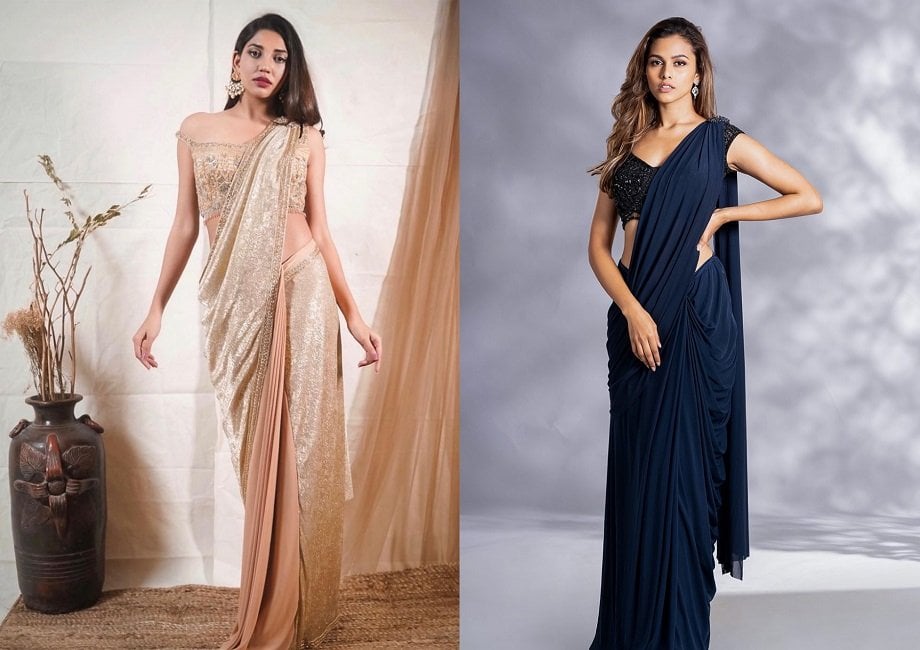
The first thing that you should know is that middle pleats are considered more elegant than side pleats. Side pleats are great for simple cotton sarees or chiffon sarees, but anything like Banarasi or Kanjeevaram requires a middle pleat.
This ensures a nice balance between the pallu and the body of your saree. If you have a side slit on your saree, it’s better to wear it with side pleats than in the center because they don’t look good next to each other.
3. No pleats on the pallu
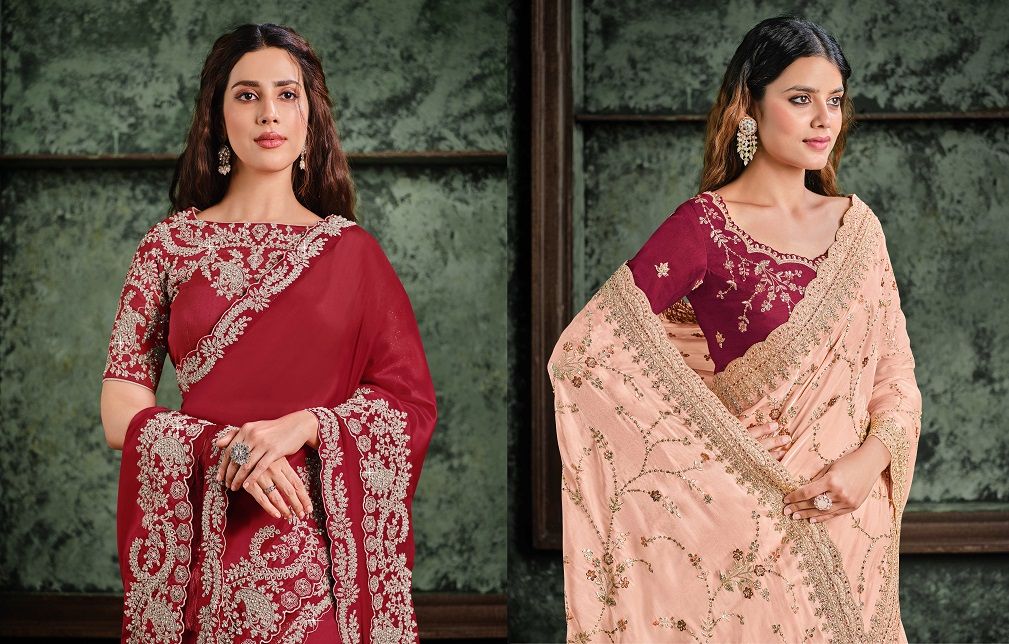
While most pleats on a saree fall on either side of the pallu (the border that hangs behind your neck), it’s important to remember that there are no rules, and you can experiment with what works best for you. If you’re keen on pleats, put them anywhere in a saree but not right below where your pallu falls.
Try placing all of your pleats directly in front or at an angle towards your shoulder (trumpet style). Or even try reversing everything and putting pleats only on one side or across from each other. If you play around enough, you will find a way to wear your favorite saree without having to worry about following every single rule!
4. Lehenga style kameez

Lehengas, Kurtis, and anarkalis are amazing for parties and weddings because of their gorgeous fabrics and designs. However, opt for a saree instead if you’re going for a more professional look. The pleats in a saree will give you more room in your waist area, making it easier to fit into pants that are too tight otherwise. If you want a longer version of saree, opt for an ajrakhya saree or a dupatta or pallu. It will hide your flaws and give you a more classy look. Saathis are another version of long kurtis that can be worn in combination with heels and close to your knees, depending on the length.
Lehenga is all about comfort and looks. This is what matters most to most women at the end of it all, even if they’re wearing lehenga choli! Wear it according to your comfort level and not the other way around.
5. Waist pleats
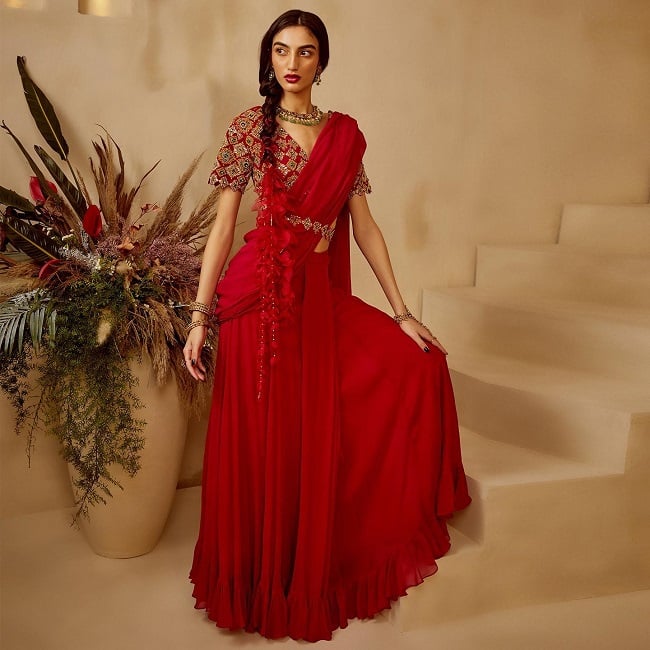
For those of you who are new to saree shopping, and even those who are not but are just looking for something a little different or unique, waist pleats are worth looking into. We’ve seen them before in pants, suits and dresses, but they really have their own style when it comes to sarees.
In fact, if you’re planning on wearing your saree for a very special occasion, then waist pleats might be what you need to look extra special. The great thing about these types of pleats is that you can wear any kind of drape with them. You could wear an Anarkali one-shoulder or off-shoulder dress with it or even a saree blouse.
6. Placket pleats

Create instant volume by pleating your blouse’s placket. You can use small, medium, or large pleats and mix them up by adding more pleats on one side of your blouse. However, the more pleats you have on one side, the less volume you’ll get. Try sticking with two to three pleats per side to balance style and comfort nicely.
For a cool asymmetrical look, add a pleat towards one shoulder; again, just make sure that you don’t overdo it—you don’t want too much fabric crowding your waistline or making it difficult for you to sit down.
7. Separate pleats on each side of the pallu
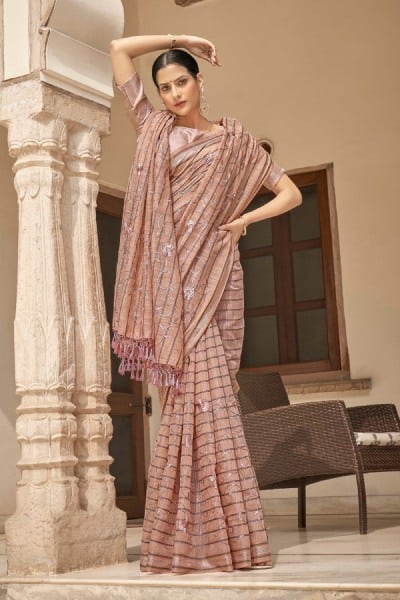
It can be difficult if you’re looking for a more Western, contemporary look. Adding two pieces that simply lay on top of each other (without pleats) is an easy way to do so. To begin, fold your saree in half, then wrap it around yourself or another person as if you were going to wear it.
Once you get where you want it on your body, pin or mark where one side stops and make sure both parts are relatively even. Keep in mind that one piece should be some length and should fall over the hip area, while the other piece will fall directly above (or below) your waist area. Then, once pinned or marked accordingly, sew along both sides, so there’s no fabric movement when worn.
8. Attaching two pieces with no pleats at all
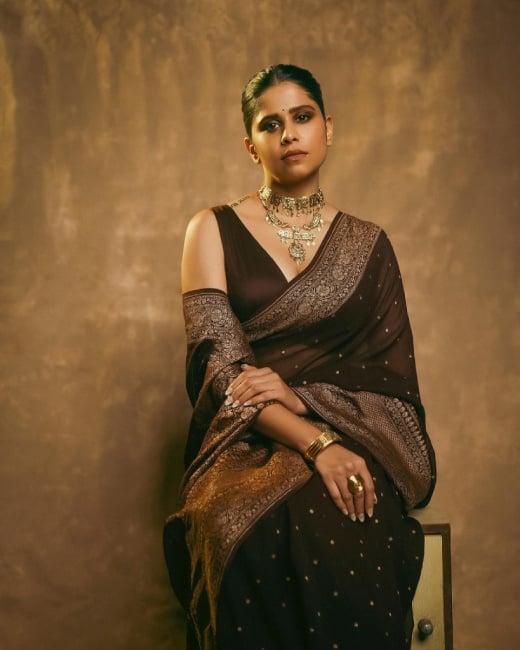
One of your saree pieces has no pleats and is plain at both ends. The other piece, which is also plain at both ends, will have either a waistband or blouse design. First, you need to ensure that both saree pieces are exactly of equal length.
Take a big cardboard box like a shoebox and place your saree on it. Fold up half an inch of your saree from each end and then fold up another 1 inch from these folds again, making sure that there are now 4 layers of fabric at each end with no pleats in between them.
Conclusion:
There are many different styles of sarees, and there is no right or wrong way to wear them. Once you get the hang of it, you’ll be able to experiment with any kind of saree and won’t have to worry about any criticism. You can even try having a little fun with what works for you; for example, adding a touch of embroidery to your saree will allow it to compliment your Indian jewelry pieces in the best way possible.

